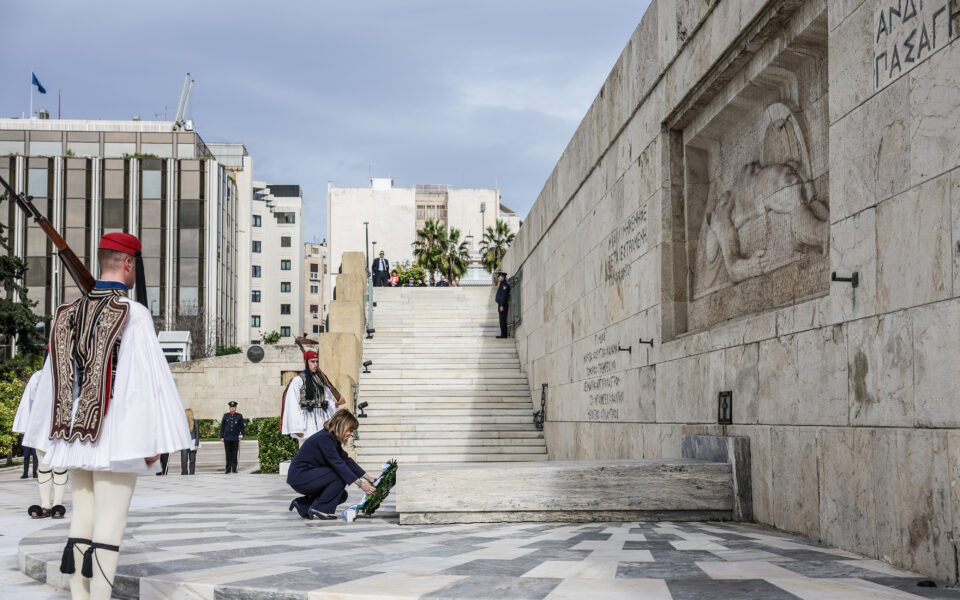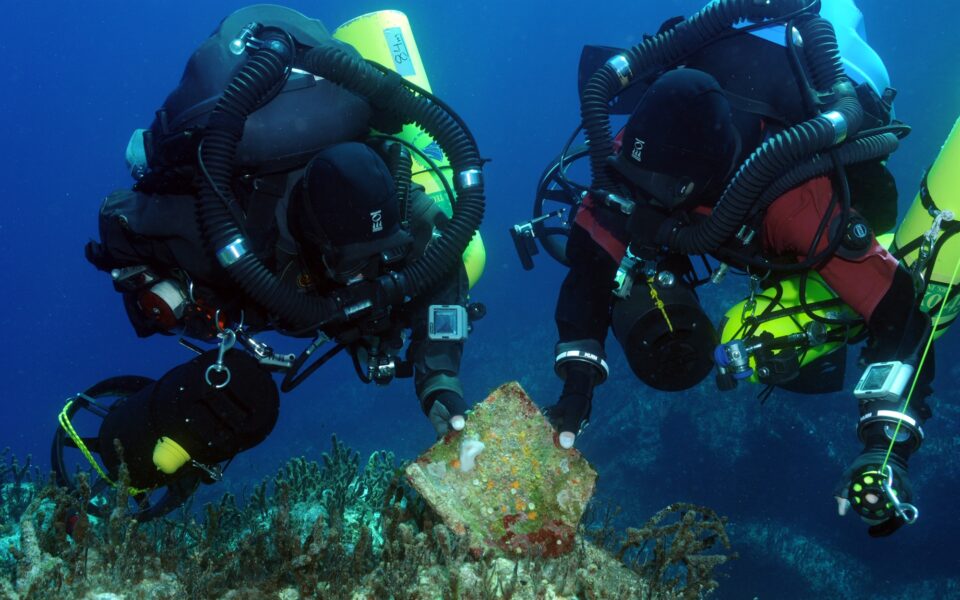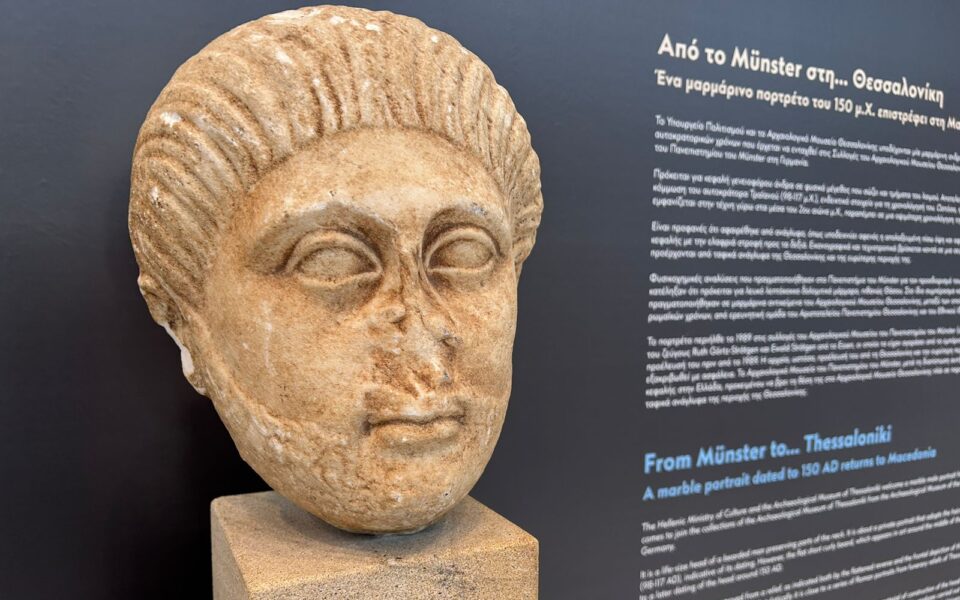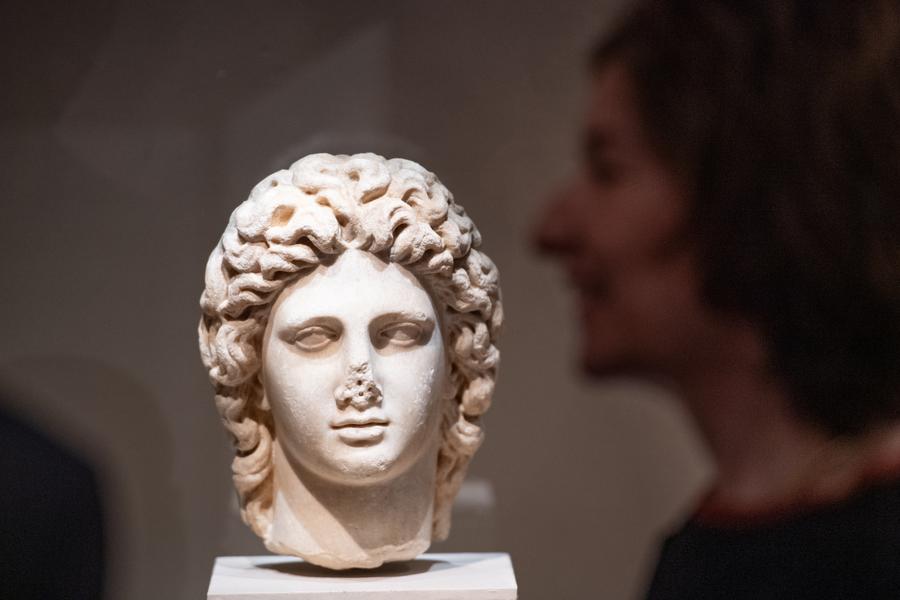Commemoration of the Massacre of Chios – 30th March 1822
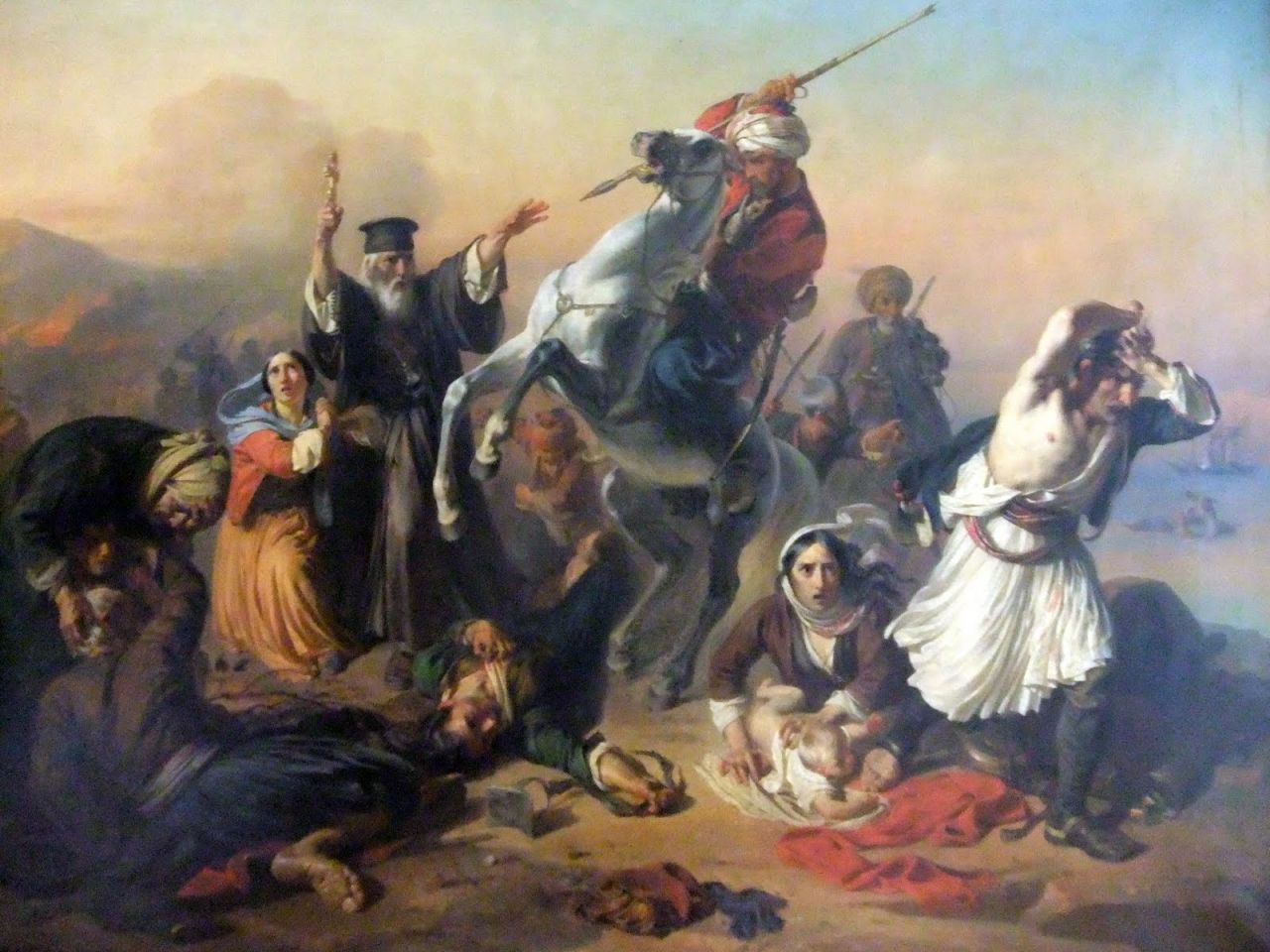

The Massacre of Chios: The Massacre of Chios remains a bloody and glorious event in the history of modern Greece. In March 1821, under about 4 centuries of occupation, Greece had revolted against the Ottoman Empire. Most Greek towns and islands had risen and were fighting for freedom. This didn’t happen with Chios on the same degree.
For many centuries, the island was benefited by the Sultan because of the prospering mastic trade that would get many profits to the Empire. Most of the inhabitants, though, were pretty reluctant to set out a revolt, fearing that they would lose their prosperity.
However, in March 1822, a troop of revolutionaries from Samos island led by Lykourgos Logothetis landed on Chios and were attracting more and more inhabitants to join the Greek Revolution. The Sultan learned about it and heard some rumors about a conspiracy of the inhabitants against the Empire. This infuriated him and he was turned against this island, that had been so benefited by the Turkish government.
In April 1822, he sent a Turkish fleet to destroy Chios and kill all the inhabitants. Indeed, the fleet landed on the island on Holy Friday, April 13th, 1822, and an incredible order of killing, rape, and plunder followed. For two weeks, the Turkish army would kill and torture people, burn villages and set churches on fire. About 90,000 people were killed in the Massacre of Chios, mostly Greeks, 50,000 were enslaved and about 25,000 were exiled. Only 2,000 inhabitants managed to survive, hiding in caves for days or leaving the island by sea. The island was left all burnt.
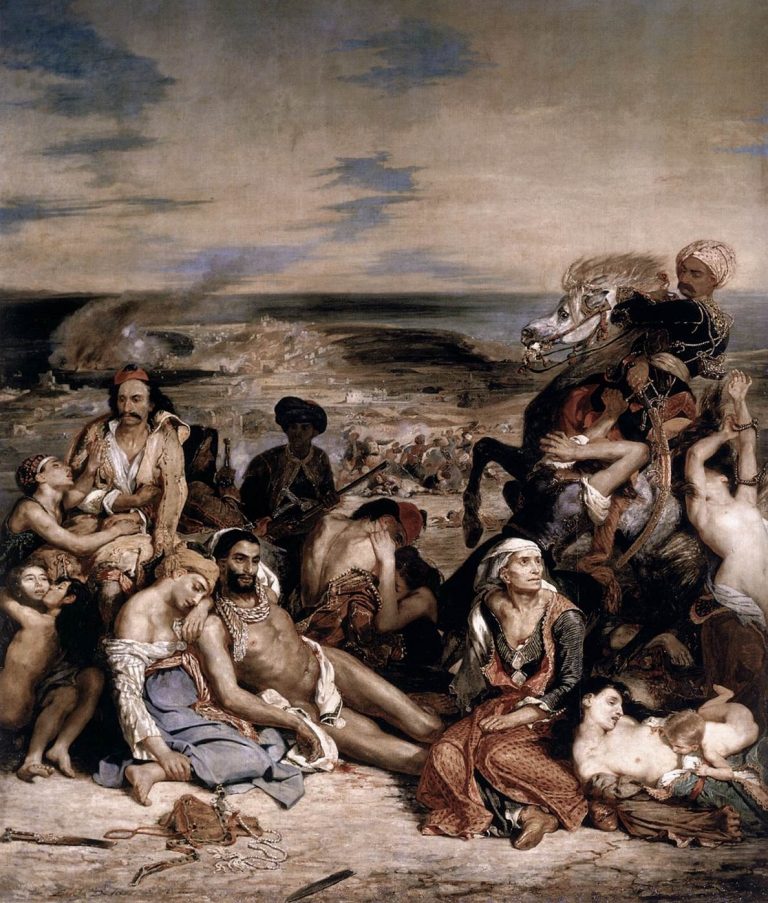

This massacre shocked Europe and spread many protests. Famous artists dedicated works to this grief and the Westerns started to see the Greek Revolt in a more positive view. Eugene Delacroix, the famous French painter, got inspired a great painting from the Massacre of Chios depicting the horrors and atrocities of the Turks. Victor Hugo wrote a poem about it. Voluntary organizations collected money to support the Greek Revolution with arms and weapons, while many Westerners came to Greece to fight against the Ottomans.
The revenge to the Massacre came a couple of months later, on June 6th, 1822, when Konstantinos Kanaris, a native of Chios who had survived, set on fire the Turkish fleet that had landed in the port of Chios town, killing 2,000 Turks and destroying all the ships there.


